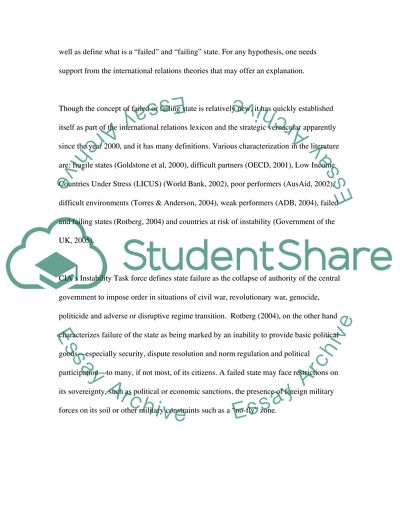Cite this document
(“United States National Security Essay Example | Topics and Well Written Essays - 4000 words”, n.d.)
Retrieved from https://studentshare.org/politics/1522632-united-states-national-security
Retrieved from https://studentshare.org/politics/1522632-united-states-national-security
(United States National Security Essay Example | Topics and Well Written Essays - 4000 Words)
https://studentshare.org/politics/1522632-united-states-national-security.
https://studentshare.org/politics/1522632-united-states-national-security.
“United States National Security Essay Example | Topics and Well Written Essays - 4000 Words”, n.d. https://studentshare.org/politics/1522632-united-states-national-security.


